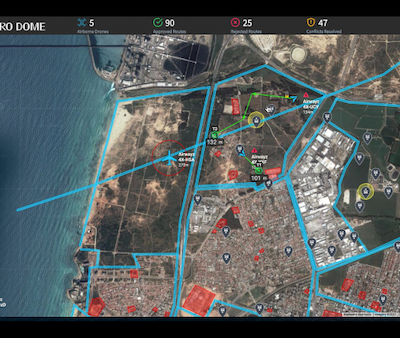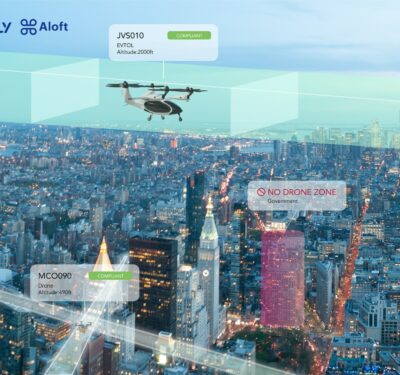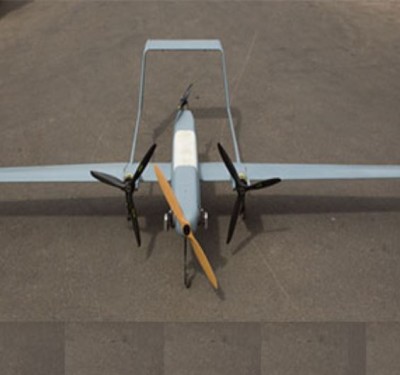TESTING, TESTING, TESTING
Over the years, Topcon has maintained strict development protocols verifying, fine tuning and optimizing the algorithms, always looking for ways to enhance performance.
The company also has rovers that run 24/7 to analyze the solutions and performance on a daily basis. Testing is conducted at intervals. For instance, through an automated system, engineers direct the rovers to disconnect and reconnect to the service to evaluate metrics such as time-to-fix and RMS standard deviation of coordinates. The results are analyzed daily. Engineering and R&D teams routinely monitor and validate the results.
“In some sense,” Snow said, “the product is never finished because GNSS itself is evolving.”
He recalled the early days when his team was writing algorithms for GPS, and shortly thereafter, needed to handle GLONASS as well. Then, along came the Chinese BeiDou system and also the European Galileo system.
Snow continued, “Now we have GPS III satellites in orbit and more planned for launch soon. Since we support all the GNSS constellations in Topnet, development is ongoing to manage new signal types. We continue to not only use our testing for validation of the existing product, but also for testing of products we are developing for the future. Enhancement of the algorithms goes on as we have more opportunities for modern signals in the modern satellites.”
Topcon customers benefit from this constellation interoperability focus, particularly when they find themselves in challenging environments, such as conducting surveys up against tree lines, or steering tractors and grading land along windbreaks. Such vertical curtains block half the sky, as do urban canyons. With four constellations supplying signals in all areas of the sky, from a customer standpoint, the benefits of the early engineering and R&D foresight become very evident.

ACCURATE AND ADAPTABLE
Topnet Live is structured to offer customers both RTK and/or precise point positioning (PPP) simultaneously, automatically switching between the two as signal reception changes—a capability that is essential in construction and agriculture projects.
Each service has its advantages and disadvantages.
RTK works through a network of local stations. Single base RTK provides correction from either a specific reference station or the nearest one, whereas Network RTK delivers the correction from a number of stations in a local network. The Realpoint Topnet Live service provides network RTK accuracy (2 centimeters) over a cellular network with a quick start-up time. It is well suited for surveying, construction, machine control, agriculture, OEM, industrial Internet of Things (IoT) and autonomous robotics. Initialization takes seconds.
PPP delivers precise positions at the centimeter level using a single receiver in a global reference framework, in high accuracy but with slower start-up speed, anywhere on the planet, independent of local networks. The Starpoint and Starpoint Pro services provide PPP service corrections via satellite L-band, anywhere on the planet, independent of local networks. Starpoint delivers 50 cm accuracy, while the Pro Service can boast of 3 cm accuracy. Initialization times are less than 5 minutes for Starpoint and less than 20 minutes for Pro. Starpoint furnishes excellent service for agriculture, OEM, surveying in remote areas, automotive, industrial IoT and autonomous robotics.
As an additional service, the raw data (RINEX) from the networks is available to download. There is also an online correction processing service for specialist applications. With access to both services—RTK and PPP—and automatic switching between the two as reception changes, customers always have the best of both systems and a truly global service.
Continue reading (Part Three)…
To learn more – visit Topcon.








